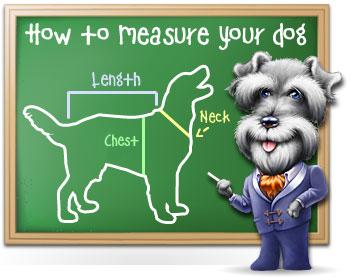
Very small breed dogs and very young puppies may not be able to hold it long enough to reach the door that leads outside. In that case, hang the bell wherever the dog spends the most time — the living room, for example. You can move the bell to the outside door when the puppy can hold it a little longer. It helps to keep the dog’s living area small during this stage until potty training is well established. You might use a puppy gate and attach a bell to it.
Use positive reinforcement
when house training, Keep in mind that a puppy can only control their bladder for one hour per month of age. The top benefit of crate training is to assist in housebreaking. You should never use the crate to punish your puppy. When purchasing a crate, make sure it is big enough for them to stand and turn around in. Some dogs do not do well in crates, and may panic when in one. In this case, try a different training method and do not use a crate. According to the ASPCA, a dog crate when used properly is an effective tool for managing, training, and providing your dog with a safe, cozy place to rest and sleep. Psychologically dogs have a natural tendency to seek out a shelter or "den-like" place to call their own. Crates help dogs feel secure and provide them with consistency and comfort. Crate training also takes advantage of a dog's natural instinct to keep their home clean and therefore is ideal for helping the housebreaking process by teaching your dog a schedule and aiding in avoiding accidents. Most dogs that are introduced to crate training in a positive way will have fewer behavior issues such as excessive chewing and barking and will generally be more self-confident. Some dogs may have had a negative experience with a crate before. Use this guide and video to help you learn more about crate training and decide if it's right for your new puppy or dog

Size crate
Extra Small 24 inches 1-25pounds Examples Yorkies Terriers,Chihuahua
Small 30 inches 26-40pound Examples sdachshound,Lhasa apso
Medium 36 inches 41-70pounds Examples cocker spaninel,bulldog
Large 42 inches 71-90 Examples Dalmatian, Golden Retriever Extra
Large 48 inches 91-110 Example German Shepherd
Giant 54 inches 110 + Breed Examples Great Dane,Mastiff
Crate Training Benefits
Controls Chewing: Puppy can't get to forbidden objects such as furniture and shoes. Safety: Crates keep puppy out of the way when workmen or visitors come over and prevents him from slipping out the door. Privacy and Containment: Crates provide sick or healing pets a place to recover and keeps him safe while traveling. Less Behavioral Problems: When trained in this manner, dogs are more secure and self confident with fewer anxiety issues.
Why It Works
Emulates the natural den-like environment dogs seek. Provides a controlled environment. Gives your pet a place to call her own. Wire crates give a sense of security, but provide essential visibility and ventilation. Works with dog's natural instinct to keep her home clean. Encourages good behavior by letting you replace undesirable actions with desirable ones
Do:
Buy your dog a crate that will be large enough for them when they are fully grown. Most crates will be too big at first, so use a divider to make the crate small and cozy for a tiny puppy and increase the space as he grows. Get your pup used to his new home gradually.
Provide soft, washable bedding in your dog's crate to make it a warm, comfortable space your dog likes to spend time. Supervise your dog whenever he is outside of his crate. Watching them closely enables you to correct and direct behavior such as chewing and barking. Early training makes for a well-behaved dog later in life.